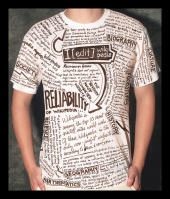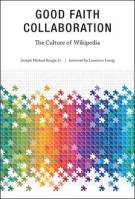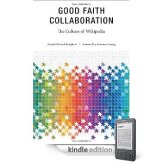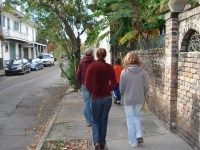>
 |
| “Wikipedia: T-Shirt” by Quartermane, Flickr Creative Commons |
Along with my colleagues Gill Creel and Dominic Saucedo, I teach an online research writing course that focuses on Wikipedia. The previous link takes you to the course’s blog, which is where we have established the week-to-week activity for the course, and from there, one could also follow links to the course wiki, where students post their writings and collaborate with others. As I write this, the students are beginning the 12th week of the semester, and they are immersed in the most dynamic assignment of the semester: in small groups, they are revising a Wikipedia article (the link takes you to the assignment definition).
When Gill suggested that we use Wikipedia as a site for our research writing course, II hesitantly agreed to collaborate. When we first taught the course, we each taught a face-to-face section that was a bit rough around the edges. While I was on sabbatical, Dominic and Gill moved the course online (which was the plan from the beginning) and made great improvements.
Students write three essays. The first one is a response to approximately a dozen short articles that explain, critique, enthuse, and analyze Wikipedia. The second writing assignment has students using Wikipedia: Feature Article Criteria to analyze the shortcomings of a non-Feature article of their chosing. The students then form small groups of 2-3 people and work for three weeks to improve a Wikipedia article. The final essay asks students to reflect upon and analyze their efforts.
There are many reasons why we think that this course works well. One reason I think it works is because the third assignment – improving a Wikipedia article – draws on a series of civic engagement impulses. Teams of students work to improve an item that belongs to the commonwealth. In the process, they often encounter other Wikipedians working to improve the same articles that they are addressing. When this happens, it adds a public dimension to the students’ thinking and writing. It is not always a pleasant exchange, since these encounters often result in student edits being reverted, but if students are patient and persistent, they learn valuable lessons about how to work with others in online environments where their writing is they only way that they can represent themselves.












